Open House London launches diverse and socially distanced programme
The ongoing pandemic and social distancing requirements meant that Open House London 2020 had to reconsider its usual format. While the limited numbers of tickets available for safe, in-person building visits sold out at record times, there's plenty more to engage with, including a new team of curators, a series of documentaries, a crisp crop of paper models, and a book filled with London stories. Paper maps and guides are now available digitally, as is the festival's merchandise. Open House is all about making cities and architecture accessible to all and for director Phineas Harper, reaching new, diverse audiences starts from within. This started with a mission statement announcement earlier in the year, aiming to make Open House ‘more varied than ever', setting a challenge for all participants in the community-led festival to consider this approach when planning their events. The team itself expanded by two assistant curators, Nyima Murry and Hafsa Adan, recent architecture graduates who bring fresh perspectives to the programming. For Harper, working with a diverse mix of contributors, is the best way to reach a diverse audience.

Collections
This year, Open House London takes a more tightly curated approach than usual, grouping buildings into ‘Collections' that encourage visitors to explore the programme thematically. Amongst others, categories include Radical Housing; Architecture for the Climate Emergency; Colonial Histories; and Race and Space. In each collection, there is a mix of films that can be watched on the Open House website, the usual building visits with social distancing measures, and self guided itineraries. The widened programming that crosses digital and physical spaces was a response to the pandemic.
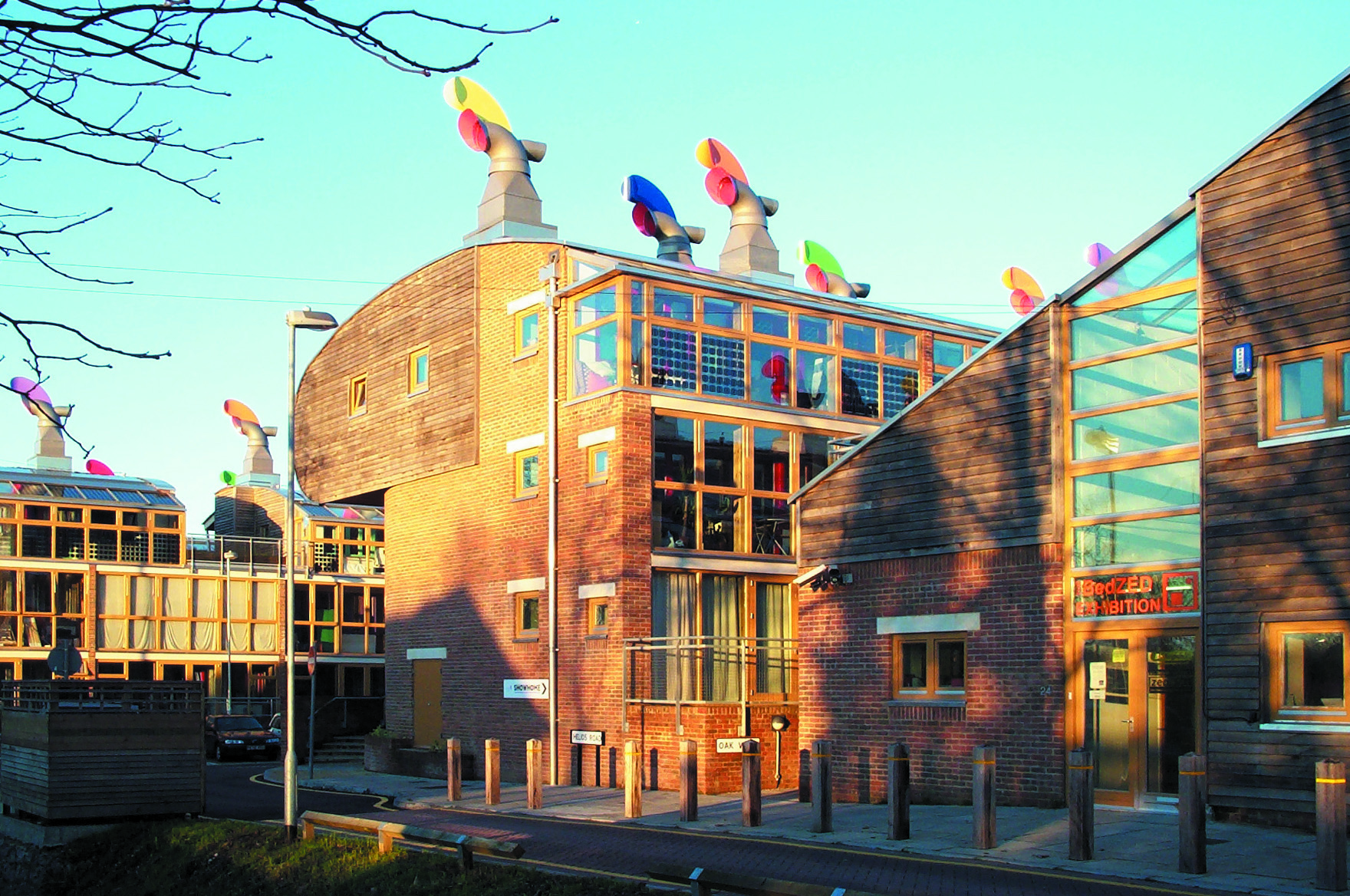
Open House films
One of the films in the series explores Bill Dunster Zedfactory Architects' BedZED Centre (pictured here). The project is a mixed use eco-village designed as an example of a low-carbon neighbourhood featuring pedestrianised streets, and lower energy bills for residents. Harper describes the films as ‘pithy documentaries' that aim to recreate the physical Open House experience for viewers.
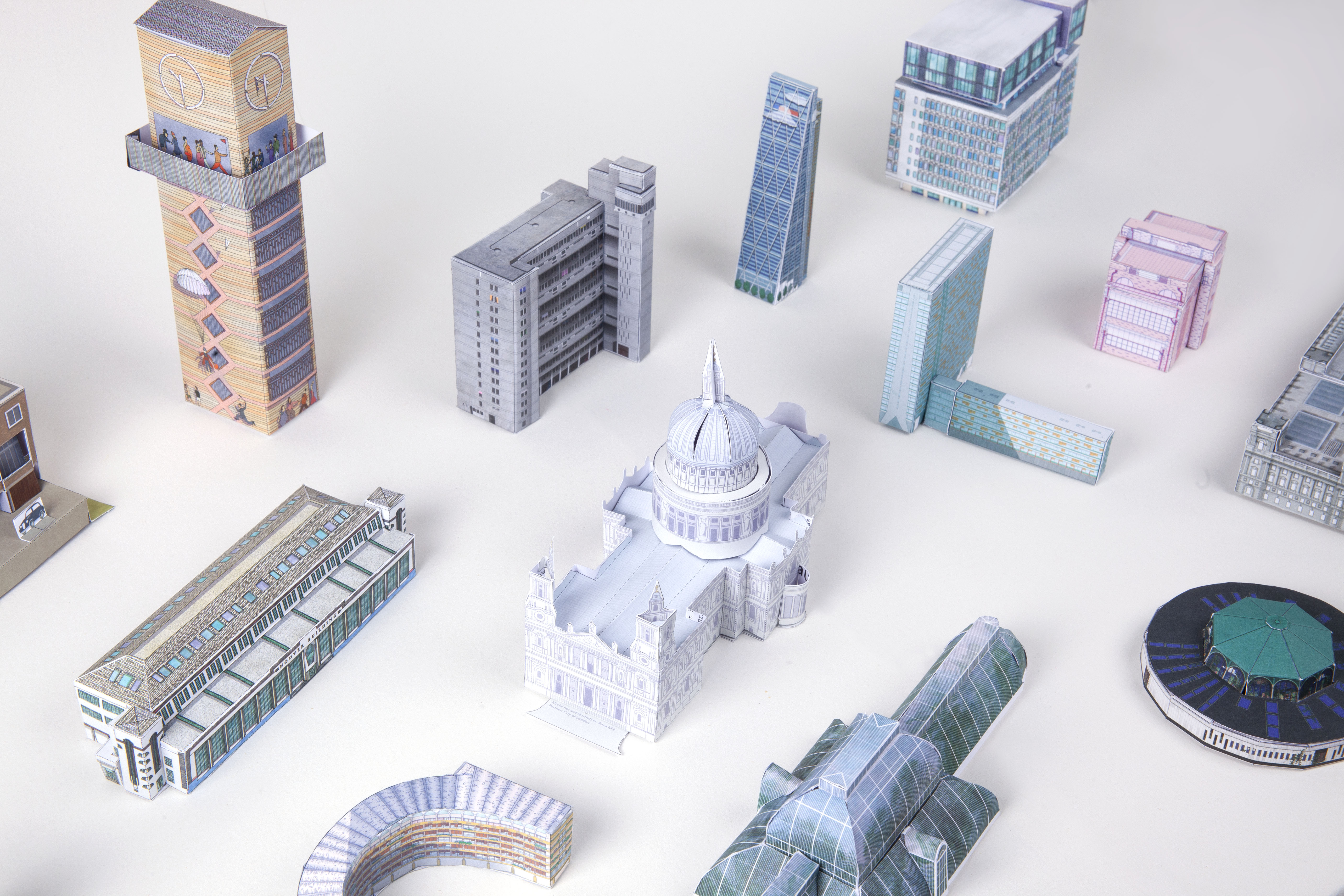
Model London
If you can't make it to Open House, there is a way to bring the festival to your kitchen table with a group of card models commissioned by Open House assistant curator Hafsa Adan. The Model London series features buildings such as St Paul's Cathedral, Ernö Goldfinger's Glenkerry House, The Hoover Building and The Treasury.
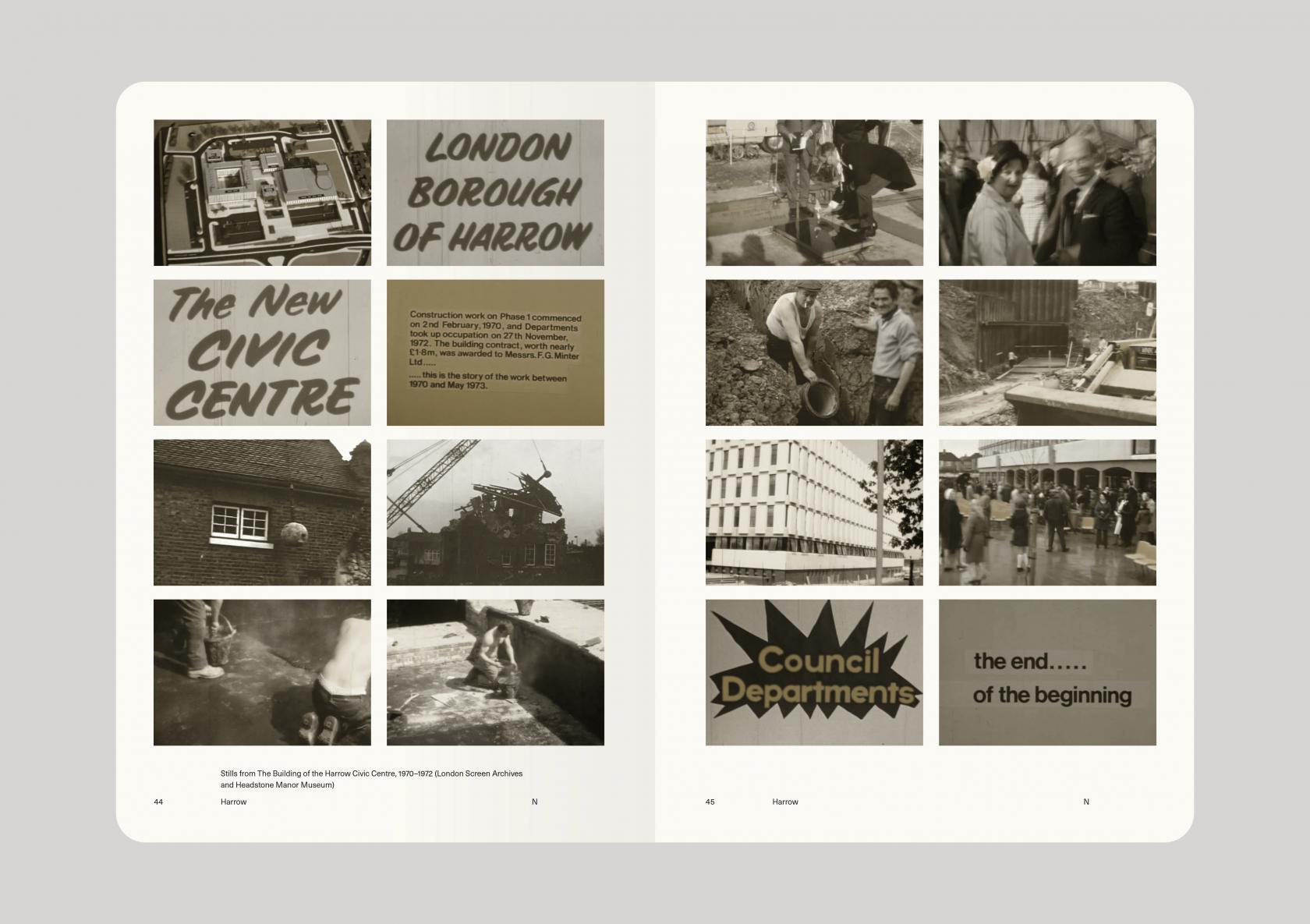
The Alternative Guide to the London Boroughs
Receive our daily digest of inspiration, escapism and design stories from around the world direct to your inbox.
Edited by Owen Hatherley, this book explores London’s neighbourhoods through essays and images. Ellie Stathaki, Wallpaper* architecture editor, writes: ‘The essays feel intimate and the authors’ voices are distinct, engaging and direct. There are tales about origins, travels and childhoods; all superimposed with architectural facts and tales of urban exploration.' Read more here.
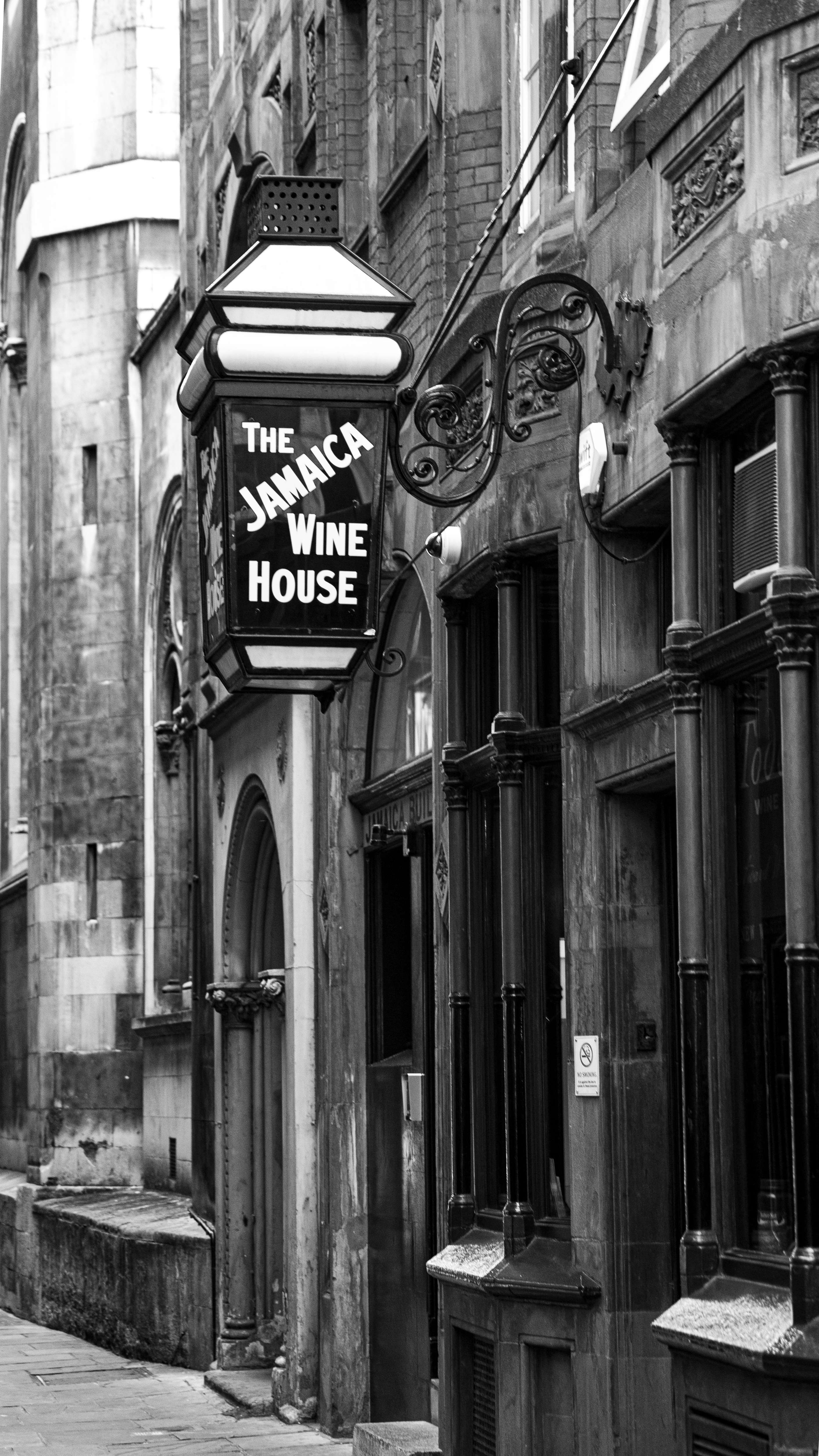
Slavery and the City
This walking tour, led by London tour guides Six in the City, on 19 September, explores the City of London's involvement in the transatlantic slave trade. Sites and institutions with direct links to the slave trade will be visited, and historical facts told along the way. Conversations will also broach contemporary responses to this history, and apologies that have been made. Pictured above, the Jamaica Wine House on St Michael Alley, a site of importance to the sugar trade and work of anti-abolitionists.
Ellie Stathaki is the Architecture & Environment Director at Wallpaper*. She trained as an architect at the Aristotle University of Thessaloniki in Greece and studied architectural history at the Bartlett in London. Now an established journalist, she has been a member of the Wallpaper* team since 2006, visiting buildings across the globe and interviewing leading architects such as Tadao Ando and Rem Koolhaas. Ellie has also taken part in judging panels, moderated events, curated shows and contributed in books, such as The Contemporary House (Thames & Hudson, 2018), Glenn Sestig Architecture Diary (2020) and House London (2022).
-
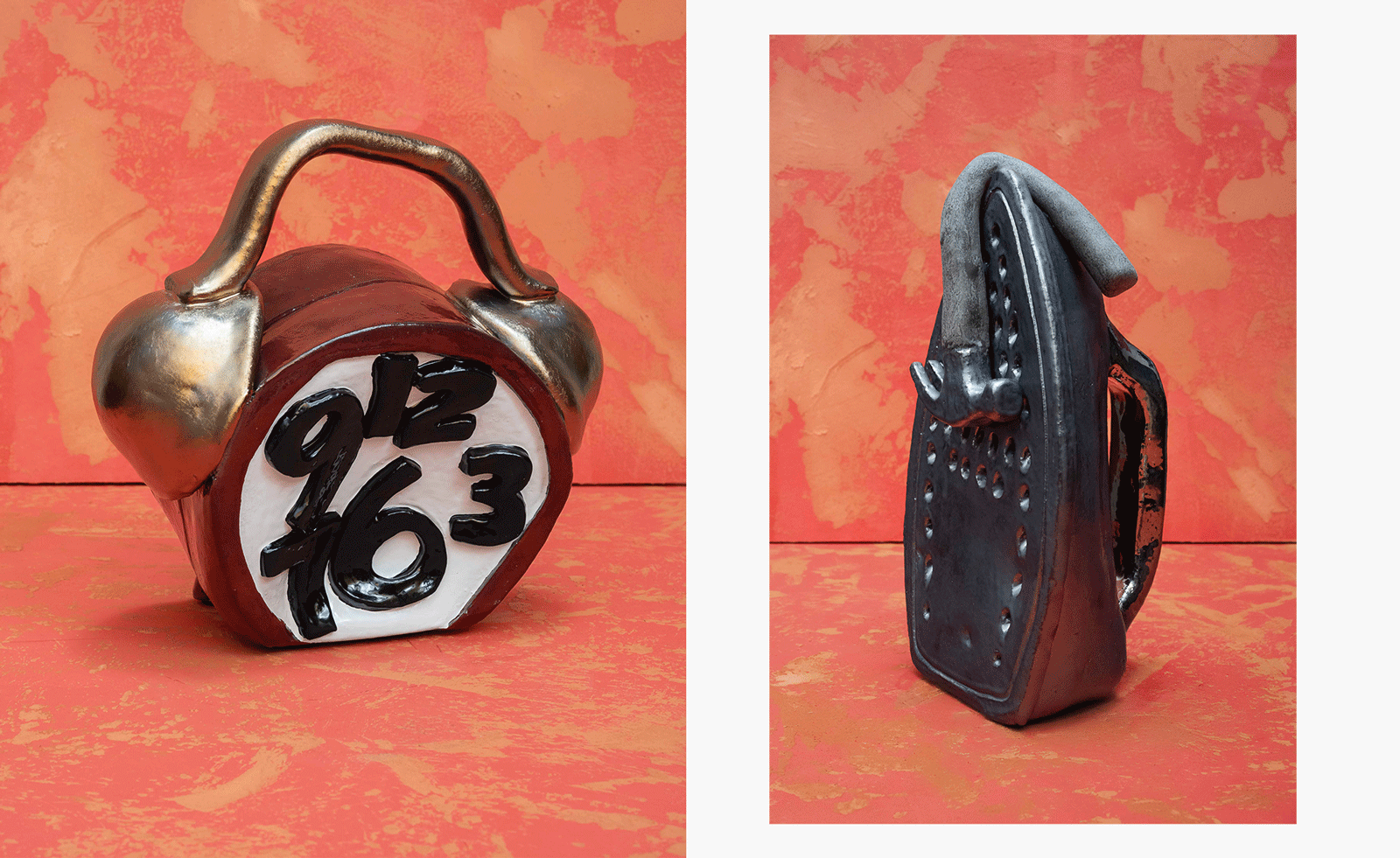 Sculptor Woody De Othello paints a Miami museum red for a show that ‘almost hugs you’
Sculptor Woody De Othello paints a Miami museum red for a show that ‘almost hugs you’The Miami-born, California-based artist opens his first museum exhibition in his hometown as an experiential journey through life and lifeless objects
-
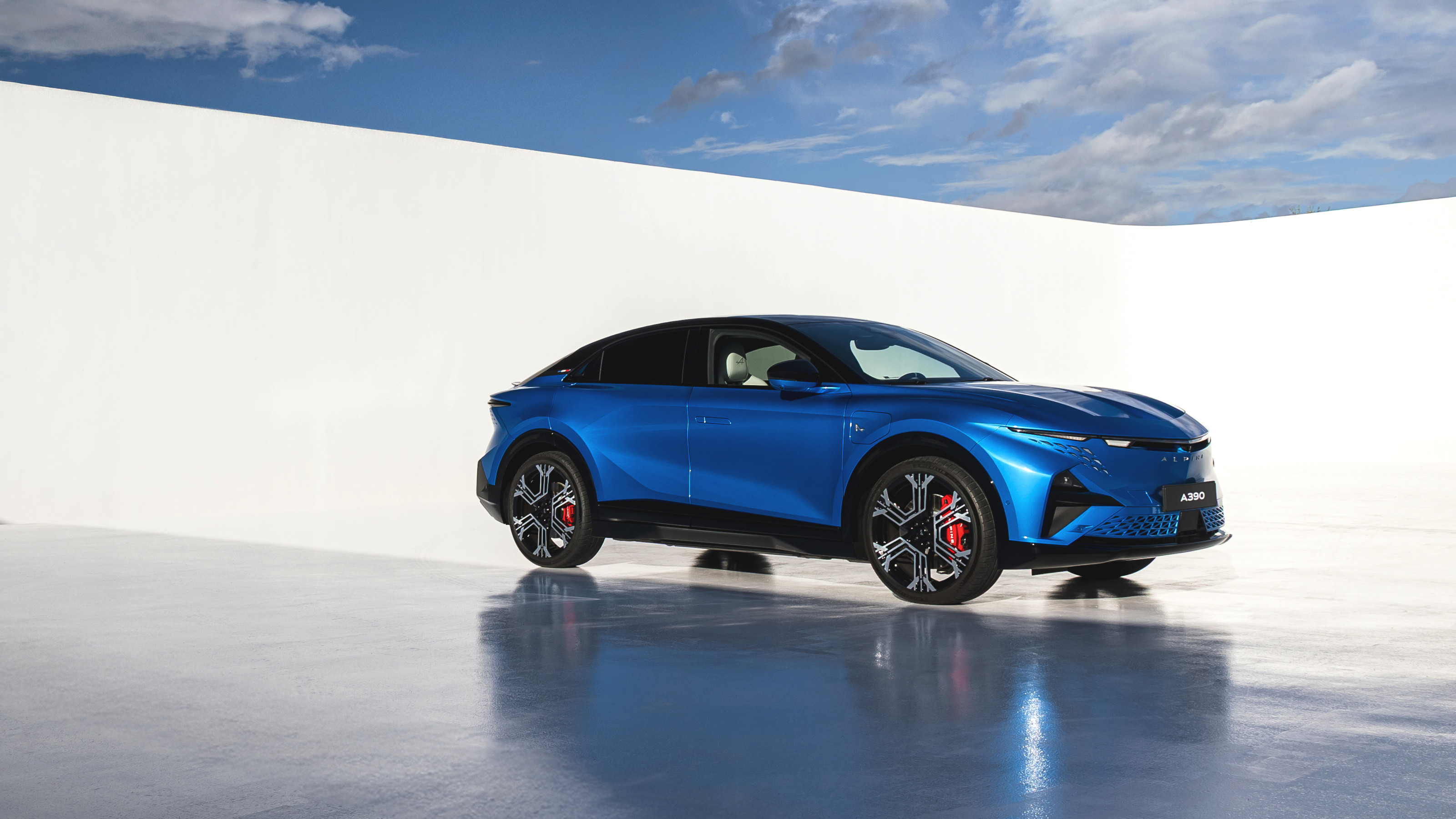 Alpine A390 GT: French, fast and fun. A sporting EV with a real sense of occasion
Alpine A390 GT: French, fast and fun. A sporting EV with a real sense of occasionAlpine doubles down on its fast electric credentials with the A390 GT, the French performance brand’s largest car to date
-
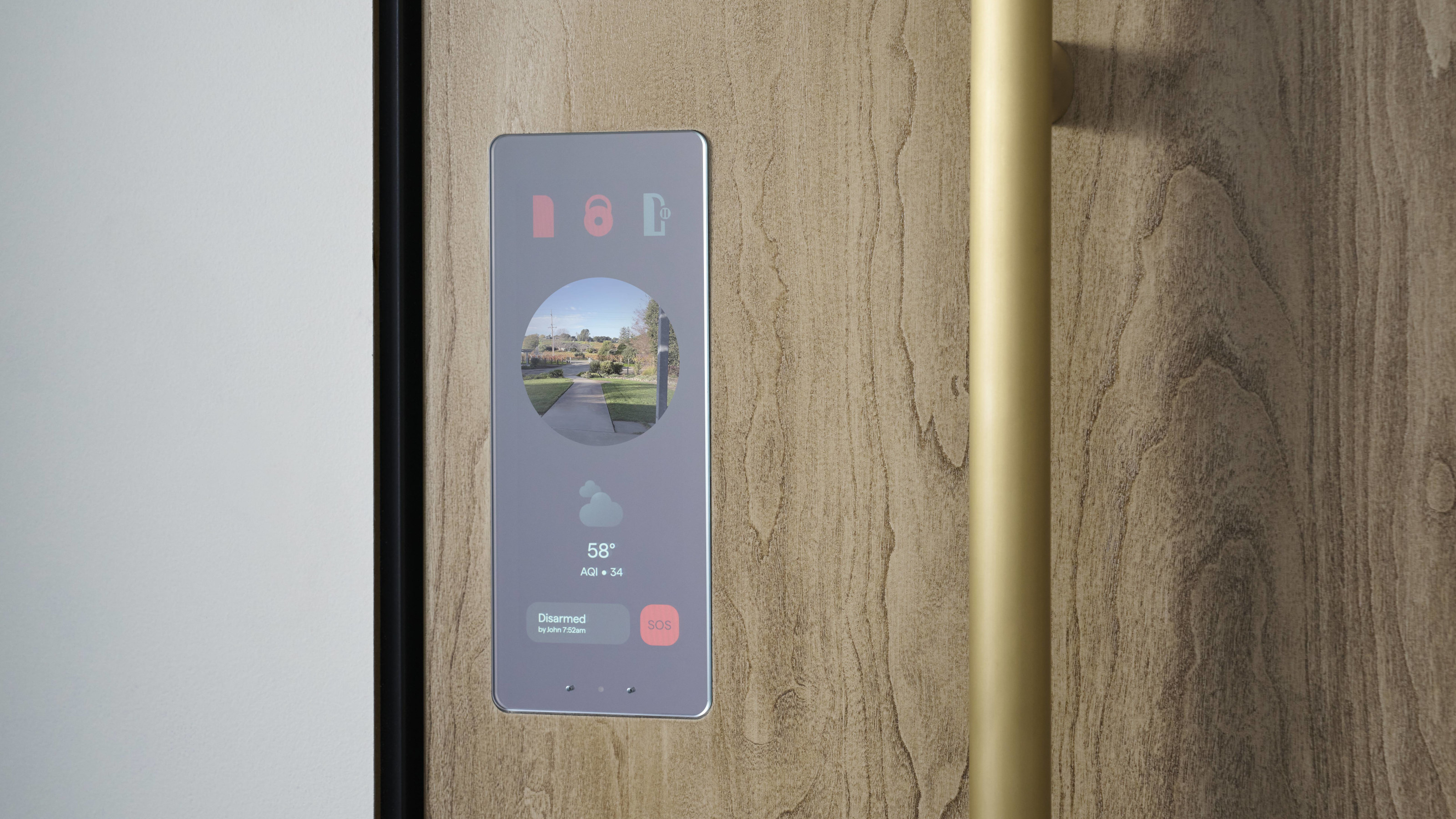 Forget smart homes, Doma's 'intelligent' doors open at the sight of a familiar face
Forget smart homes, Doma's 'intelligent' doors open at the sight of a familiar faceYves Béhar and Jason Johnson have founded Doma, a tech start-up dedicated to seamlessly integrating tech into your daily life